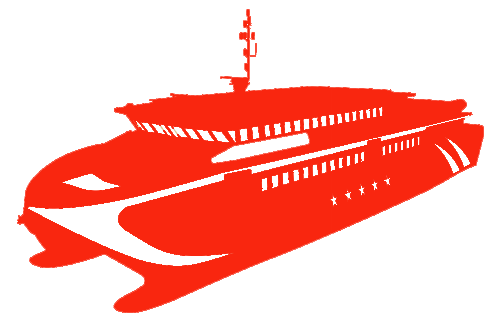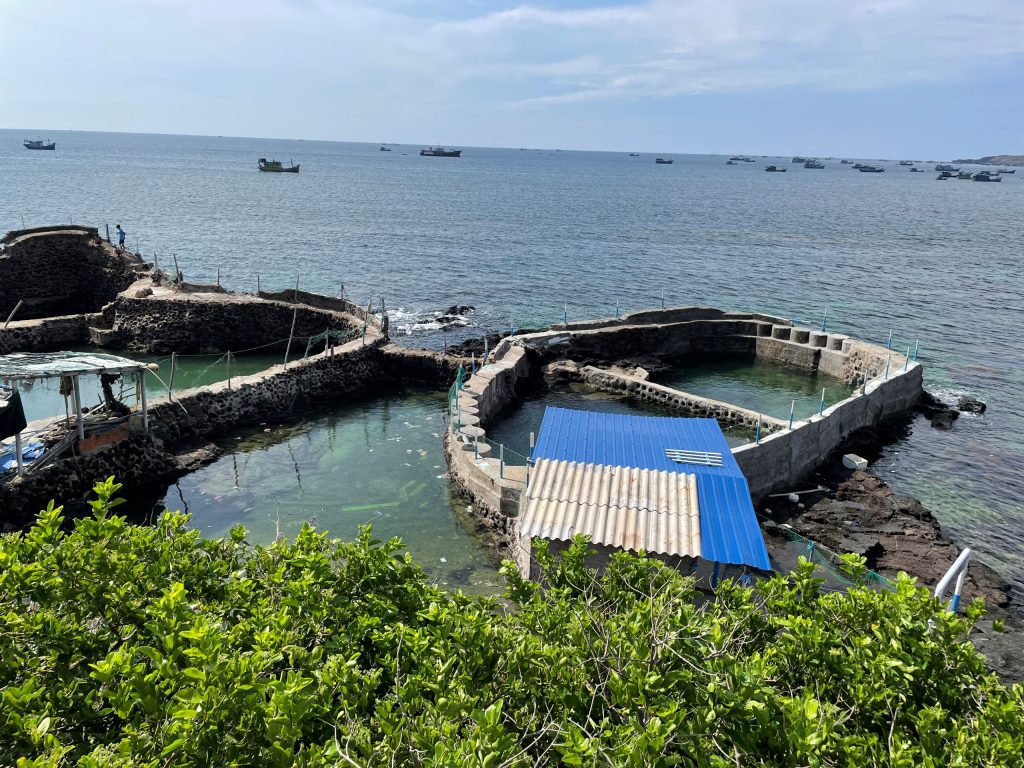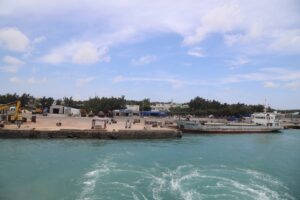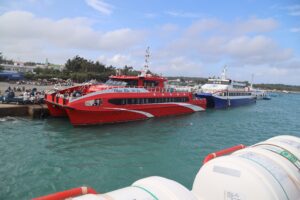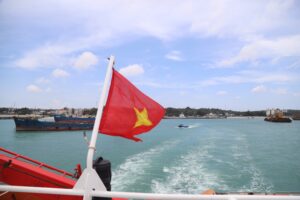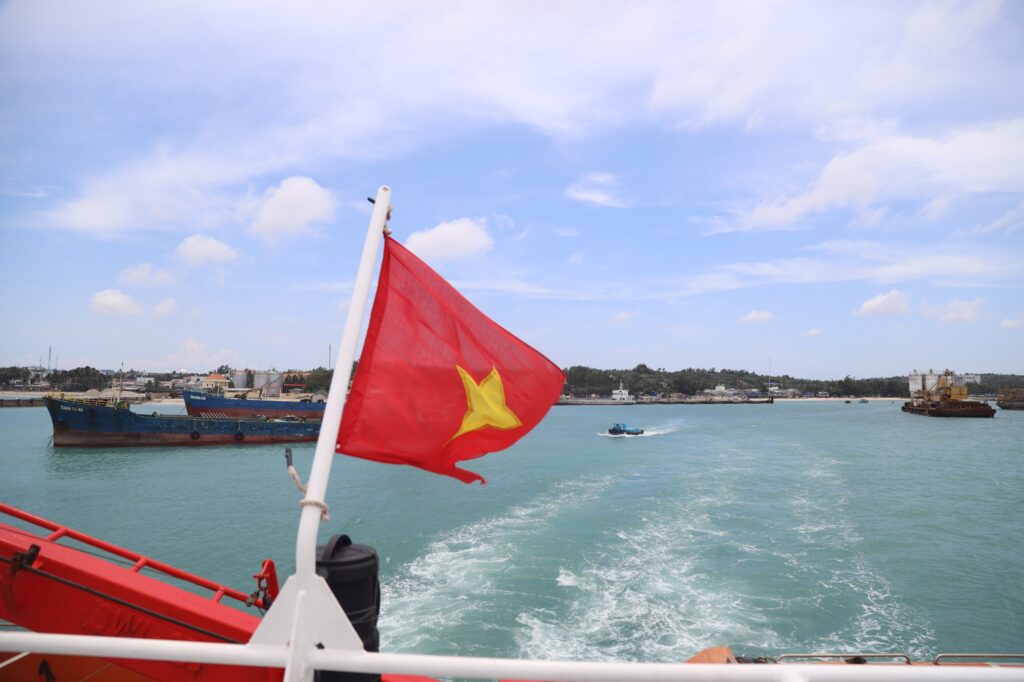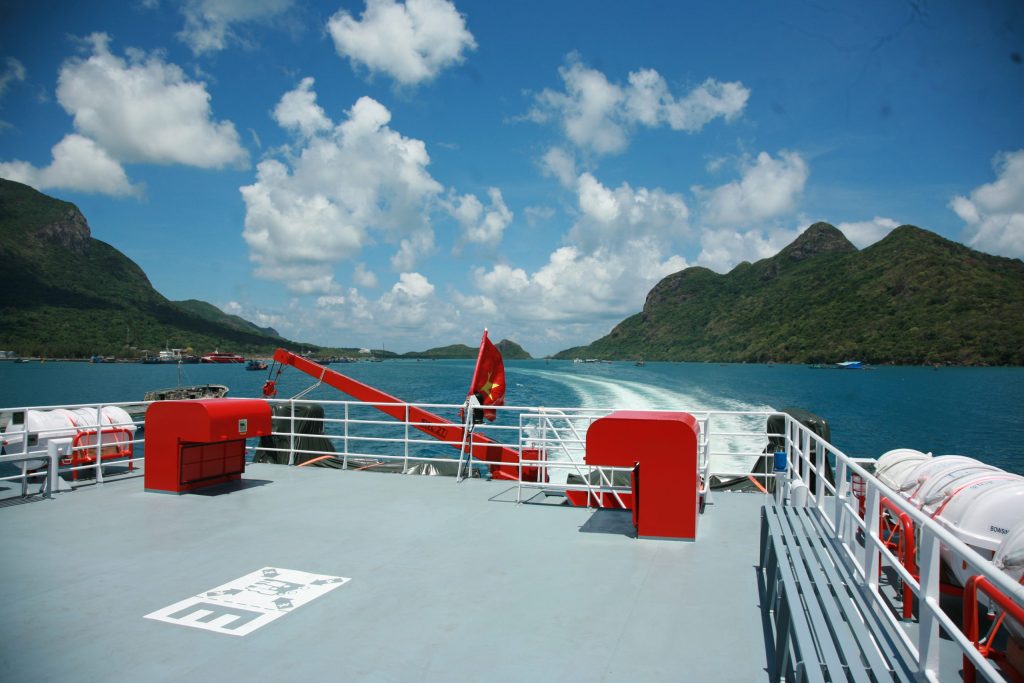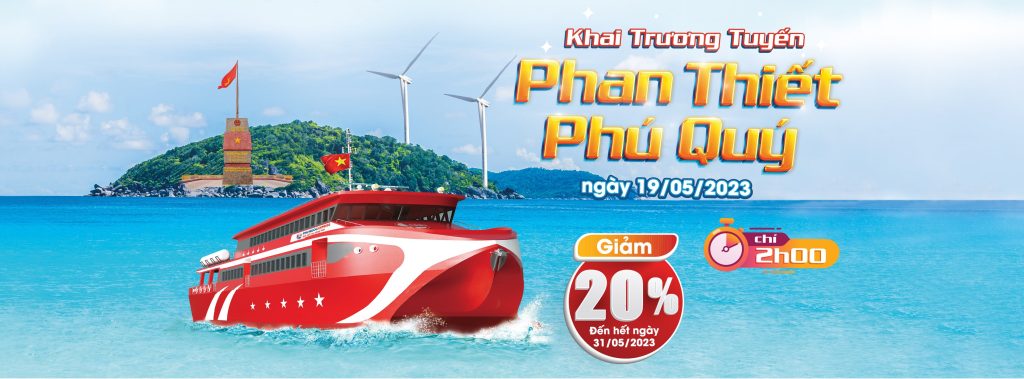The people of Phú Quý have long shared both hardship and solidarity. Due to a historically self-sufficient economy, daily life and occupational diversity on the island have not been as varied as in other regions.
Farming and Weaving
For a long time, the primary economic activity on Phú Quý was agriculture. In addition to cultivating food crops, locals also raised silkworms and practiced weaving from an early time. Weaving became one of the island’s traditional crafts. As early as the first year of the Cảnh Hưng era (1740), locally woven fabric—known as Vải ta or white cloth (Bạch bố)—was collected as tax in place of the head tax. The weaving trade brought both fame and economic benefits to the island’s artisans. Unfortunately, it no longer exists today, having gradually disappeared after national liberation.
Peanut Oil Pressing
In addition to traditional weaving, islanders also practiced the craft of pressing peanut oil. This oil was used for cooking and lighting, while the peanut meal was used for human and livestock feed, and the oil cake served as fertilizer. The craft was once widespread, but has declined in the past decade, with oil-pressing equipment no longer preserved.
Hammock Weaving
Another craft on the island was hammock weaving. Using their skilled hands, locals made very durable and attractive hammocks from pineapple fibers. This craft remained until the 1990s when cloth and synthetic hammocks became widely sold on the island. Harsh living conditions and demanding labor created a cultural environment that supported the development of folklore and handicrafts.
Phú Quý islanders became skilled in hammock weaving due to their diligence and the need to fill the downtime in seasonal agriculture. Tây Long Hải Hamlet is particularly known for this craft. There are two main types: pineapple fiber hammocks and aromatic leaf hammocks. The former is made from the roots of wild pineapple plants collected from mountaintops, stripped, sliced, and sun-dried before being spun into thread. The latter comes from aromatic leaves gathered near hillside bushes, which are beaten, soaked in seawater for 10 days, washed, combed into fibers, and spun into hammock threads. Aromatic leaf hammocks are especially prized for their quality, requiring more skill, time, and effort. Today, some families in Long Hải commune still practice this craft and offer hands-on demonstrations to tourists.
Fisheries
The vast ocean, like a nurturing mother, has always embraced the island and its people, generously providing them with sustenance. On Phú Quý, fisheries are now a key economic strength. However, in the past, fishing was secondary due to rudimentary tools, making the life of fishermen arduous. Locals used to say, “Catching mackerel in August is like fishing for bran” or “One meal a day from fishing”—highlighting the difficulties of the time. The fishing season ran from the 2nd to the 7th lunar month during southern winds, with dwindling catches from the 8th to 10th months during the northern winds.
Over time, improved equipment and motorized boats expanded fishing to hundreds of nautical miles offshore, increasing yields and economic impact.
Shark Fishing
About a hundred years ago, shark fishing became a prominent trade, especially in Quý Thạnh Hamlet (Ngũ Phụng commune), where nearly every household participated. After catching sharks, fishermen would extract the cartilage-rich parts like fins and tails, clean the skin to harvest fins, which were then sold in cities like Phan Thiết, Vũng Tàu, Nha Trang, and Mỹ Tho. Shark liver was pressed for oil, skin was dried for leather or sliced for food, and the meat was cut, dried, and sold. Tourists can still enjoy steamed shark rolls with rice paper and island herbs. However, this practice has declined significantly, with few sharks and fewer fishermen still pursuing the trade.
Squid Jigging
Squid fishing—known locally as thẻ mực—is a vital part of the island’s night-fishing culture using artificial light. Originally, oil lamps and torches were used, though they were limited in range. The heat from the lights would lure squid, tricking them into thinking it was prey (mực vịn). Fishermen used a nylon line with white cloth “flowers” spaced every meter and a lead sinker to reach the seabed. By jerking the line, the cloth moved and attracted squid, which floated to the surface and were scooped up with nets. The introduction of gasoline lamps improved this method, especially after collaboration with mainland fishermen.
Fish Cage Farming
Today, Phú Quý employs two aquaculture models: floating cage farming and coastal pond farming. Floating cage farming started earlier and is widely practiced in Lạch Dù (Tam Thanh commune) and Long Hải commune. The cages, made from wooden frames about 3.5m x 3.5m in size, are supported by plastic barrels and rubber tires for buoyancy. Coastal pond farming has developed since 2000, concentrated in the Mộ Thầy area of Long Hải commune. These ponds, made from concrete and hollow bricks, are located in wind-sheltered areas and connected to the sea via stainless steel mesh inlets. (Phạm Thị Phương Thanh, 2017)
Altar Cabinet Making
In Phú Quý, nine out of ten homes have an altar cabinet (khám thờ), as locals believe these sacred objects ensure bountiful catches and safe sea journeys.
Common in old three-room, two-wing homes, altar cabinets are mostly wooden, with some made of cement. A complete cabinet—called a double-tier altar—features ornate carvings. The top front panel (mày) displays two dragons, with supporting legs (chân quỳ) carved with seasonal symbols. Two dragon-pillars (long đăng) flank the structure, intricately coiled from top to bottom. Additional decorative panels surround the cabinet, with side wings featuring four symbolic creatures: dragon, qilin, tortoise, and phoenix.
The altar has two levels: the top honors guardian deities, the lower honors ancestors. An important detail is the large Chinese characters carved at the bottom: “Tổ đường” (ancestral hall) for eldest sons’ homes and “Phước đường” (blessing hall) for younger sons’.
Three households on the island still craft these altar cabinets. Notable artisan Trần Thiện Nghiệp (47), of Đông Hải hamlet, Long Hải commune, is a third-generation cabinet maker. He shared, “Thanks to this craft, I’ve been able to support my family and educate my children.” Artisans must be creative and meticulous, skilled not only in carving but also in color coordination. A fully decorated cabinet may cost around 20 million VND. Veteran craftsman Đỗ Phiêu (70), from Hội An hamlet in Tam Thanh commune—whose family has been in the trade for five generations—explains, “No two cabinets are alike. Every dragon or phoenix carving is crafted freehand.”
Phú Quý altar cabinets reflect the island’s cultural beauty, and their makers are true sculptural artisans.
The traditional craft villages of Phú Quý reflect the unique rhythm of island life. They are increasingly attracting ecotourists eager to experience fishing, artisanal processes, and local living firsthand.


